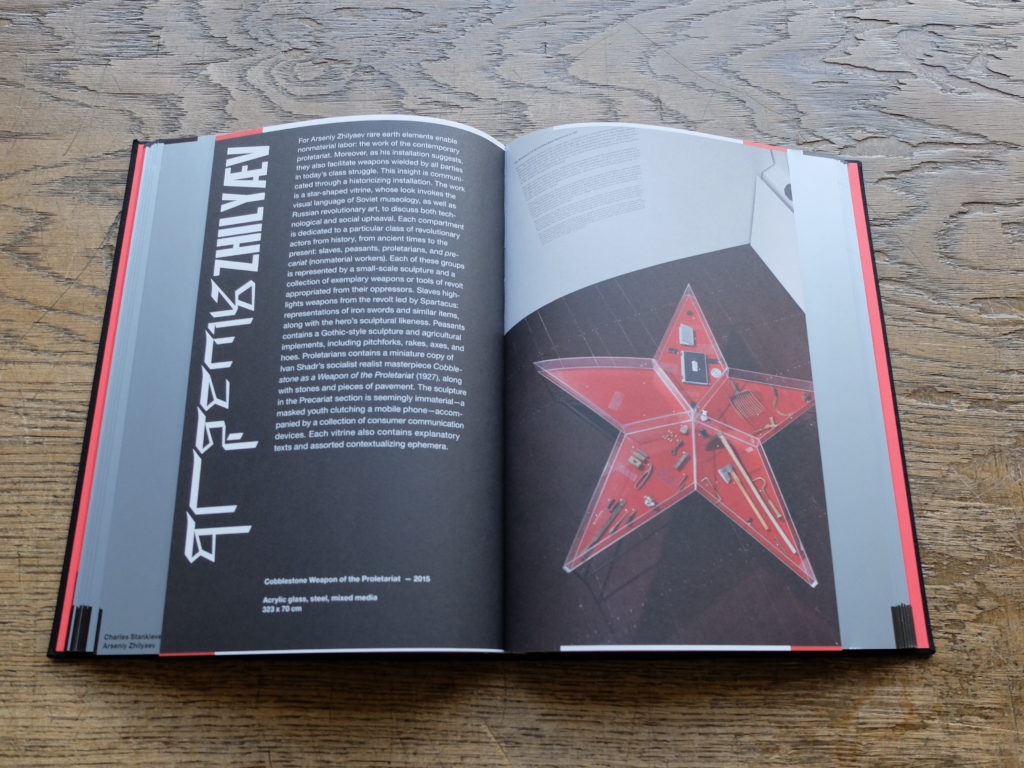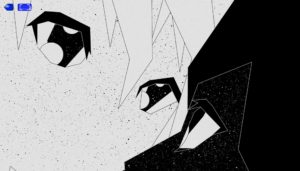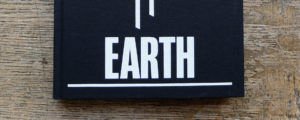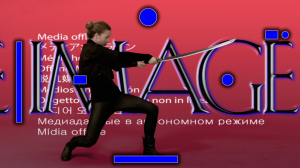When the presser for the Rare Earth publication says it aims to define the “spirit of an age”, there are a number of ways of understanding what that means. For editor Nadim Samman –who also co-curated the survey exhibition of the same name with co-editor Boris Ondreička in 2015 –that spirit is one of “displacement, hovering”, according to his Foreword. Between notions of technology, biology, teleology, economics, politics and spirituality, Samman posits, our digitally informed cultural present is more than just the rhetoric of immateriality. As for what constitutes an “age”, it could be one limited to the last century of rapid industrialisation, developing, exponentially and in parallel with the growth of rare earth mineral extraction enterprise. Or it could be the period of millions, billions of years it took this planet to produce them. Whatever the timeline, the text co-published by the Rare Earth exhibition host Vienna’s Thyssen-Bornemisza Art Contemporary (TBA21) and Berlin’s Sternberg Press comes as an attempt to capture a sort of ever-un-present moment within the binds of the book form. It’s a text about an exhibition that goes well beyond the heart of modern (human) civilisation and into the nebulous notion of existence itself –with rare earth elements at its core.

Superbly designed by David Rudnick and Raf Rennie, Rare Earth meets visual content with written text that travels deep and heavy as the hardcover and explaining what rare earth elements –Lanthanum, Promethium, Tantalum, Yttrium –are. They’re chemical elements that are not so much rare as difficult to extract, but central to the production of new technologies that have irreversibly changed not only life on earth but the earth itself. Iain Ball’s entire practice to this point has followed the periodic table of rare earth elements and their alienating effects through the technologies they produce in his Energy Pangea series. Ball’s ‘Neodymium’ 2011 work for the Rare Earth exhibition is presented in its matte (to the rest of the book’s glossy) pages in a mini-catalogue insert, one of many interspersed throughout of each artist’s contribution, Camille Henrot, Ai Weiwei, Guan Xiao and Ursula Mayer among them.
A black book cover –the colour of rare earth –envelopes its red contents pages and Rare Earth exhibition views that bookend the publication. Its speculative realist, accelerationist, object-oriented, new materialist texts written by artists, writers, thinkers, ‘other’, are at the centre. There’s Timothy Morton and Emilija Skarnulyte’s ‘Yttrium Hypnosis’, Jane Bennett’s ‘Of Sympathies Alchemical and Poetic’ and Erik Davis’s ‘Secret Earths’. Each pays meticulous attention to the ontological infrastructure of a video camera, the leaves of a chicory plant, a mythology of metals.

The bulk of the text is printed on pages of metallic grey, Scandium silver, with a simple black type that almost shimmers. The colours react to create an optical illusion of a white glow that pops over an enlightened interview of John Durham Peters led by Paul Feigelfeld on rare earth production, resource scarcity, geopolitics and the notion of ideology as economically-motivated discourse. The Otolith Group ruminates on “capitalist sorcery” and “answers we cannot articulate” in a poetic cut-and-paste proclamation called ‘THE OBJECT SPOKE TO ME BUT WHAT IT SAID I CANNOT SAY’. Arseny Zhilyaev’s manifesto, on the other hand, comes in the form of a star–shaped vitrine and sculpture representing hope of revolution against oppression in a display of production implements become “weapons of resistance” across history. In the case of the contemporary precariat, there’s a masked youth clutching a mobile phone, and a collection of consumer devices.
The back of Rare Earth follows the full-color matte inserts of each artist’s works with black-and-white installation images of the Rare Earth exhibition. There’s an image of a live, naked “youth” propped above a Nimbus military helicopter engine in Roger Hiorns’ ‘Untitled’ (2012). Marguerite Humeau’s ‘Requiem for Harley Warren (“Screams From Hell”) (2015) sculpture gives life to the layers of earth she describes in great detail in her ‘Hell’ text. The sensual, at times grotesque prose conflates hard science with global myths and mysticisms to question the artist’s ongoing concerns with the idea that “reality itself has become obsolete”.
Near the end of the silver streak of Rare Earth, there’s a periodic table designed by Rudnick and Rennie that maps the seventeen rare earth elements, invested with the other-worldly quality of an almost mythic-looking typeface and a unique circular symbol assigned every artist in the exhibition. Those seventeen artists not already mentioned also include Charles Stankievech, Suzanne Treister, Jean Katambayi Mukendi, Erick Beltrán, Julian Charriere, and Revital Cohen & Tuur Van Balen. Like their corresponding rare earth metal –unique, special, ethereal –their works are dispersed across the Rare Earth text in a series of complex systems of thought, constructed into objects, with implications that go well beyond the physical form.**




